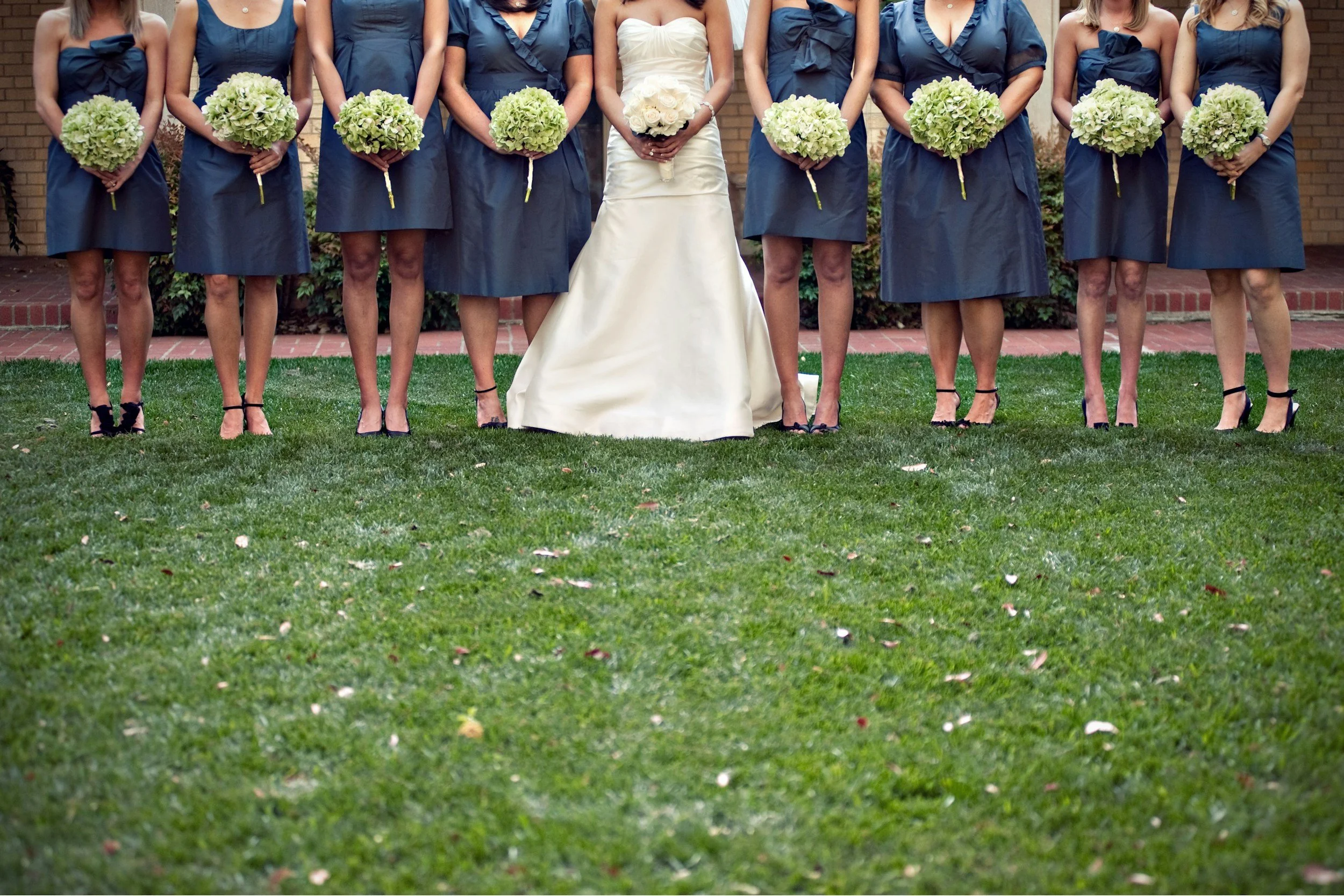The History and Influence of Heavy Metal in Fashion
Historically, being a fan or a follower of the heavy music scene has been much-ridiculed within the wider cultural sphere or else dismissed as a passing adolescent phase in the journey to a more 'acceptable' fixation. In the last two decades, however, there have been many appropriations of what had prior been exclusively 'Metal' aesthetics that have cemented heavy music in the envied position of dark darling of the fashion world.
As a lifelong fan of the genre and reeling ex-emo, I have appointed myself resident expert of dark dressing and alternative adornment, undoubtedly qualified for the task of tracking the history of heavy music fashion in the mainstream.
Although many may include bands such as The Beatles and The Rolling Stones in their examination of Metal's nascence, I resolutely do not. In continuation, I present to you a comprehensive recital of what has seen Metal remains a permanent fixture in the catalogue of influence, leather, studs and devil-worship inclusive.
1970s
Despite spearheading a quintessentially English branch of heavy music, for almost all of their active years, Motorhead were inextricably tied to their American counterparts in style as well as spirit. The lingering effects of the Vietnam War made themselves visible in the bullet belts slung low on waists, kutte vests decorated with enamel pins, and an abundance of khaki. Somewhat confusingly, however, was the adoption of Germanic insignia such as the iron cross. The members of Motorhead, at least to my knowledge, were not overt Nazi sympathisers. Perhaps their penchant for relieving anyone (or five) pub landlords of their alcohol supply on an average Tuesday had simply rendered them unaware that the former Prussian Empire was no longer in existence. Either way, the mop-haired metallers' choice of garb retains its iconic status when tracking its influence on musicians to emerge during the ensuing decades.
1980s
The 1980s were ten years filled with a particularly high volume of questionable stylistic decisions. However, there are none more venerable than the leather-clad profiles of Judas Priest bursting into public consciousness following frontman Rob Halford's appointment. Despite not coming out to the worldwide media until 1998, Halford has made it excessively clear that he is, and always will be, "the stately homo of heavy metal".
Although the '80s were a troublesome time for anyone aligned with homosexual desires - the shadow of the AIDS epidemic trailing on the heels of far too many - Halford's wonderfully unabashed execution of BDSM biker regalia couldn't have been more blatantly queer. Even better, the international audience loved it, with over 50 million album sales and eleven records reaching the UK top 30 during the group's active years. A growing acceptance of fetish gear during this decade, unbeknownst at the time to the vast swathes of Judas Priest fans, in the long run, did far more good than harm in providing the UK heavy metal scene as a safe space for individuals of all different LGBT+ persuasions. It also proved that, behind the tough leather exterior, lived the beating heart of alternative queer subculture.
1990s
Heavy music fashion took a controversial turn from the beginning of the 1990s. Norwegian Black Metal experienced an unexpected spike in popularity, which can largely be attributed to the band Mayhem and the escalating erraticism of its members. Known to fans by stage pseudonyms such as 'Euronymous' and 'Necrobutcher', the band donned corpse paint when in the public's field of vision and regularly pulled off such antics as burying their clothing underground to soil it appropriately before live performances. Alongside a predilection for resembling actual cadavers, it was the palette for Necro-centric activities possessed by certain band members which truly helped Mayhem embody their name.
In 1991, original vocalist Dead, real name Per Yngve Ohlin, took his own life after a period of extreme tension while living with bandmate Euronymous. In 1993, a band member formerly known by the alias Burzum (real name Varg Vikernes) murdered Euronymous by stabbing him 23 times in his Oslo apartment and was subsequently charged with the arson of four church buildings. He denied this claim, although vehemently supported the sentiment.
This was a troubled group of men if that much was not already apparent from their tendencies to rub shards of broken glass and metal over their bodies while performing and greet their crowds with the impaled heads of freshly-slaughtered goats and pigs. Despite these unsettling anecdotes, corpse paint has remained a staple of many a Halloween look, and Mayhem's black lettering logo has stood the test of time for mainstream consumption.
2000s and 2010s
I must confess that my knowledge of contemporary pop and hip hop is limited, but I am far from able to deny the popularity of acts such as Justin Bieber and Kanye West. Two public figures who might I add have done heavy music culture the (dis)service of translating its style for digestible, social media-friendly purposes. For his Yeezus world tour, West commissioned artist Wes Lang to practically plagiarise Metallica's logo, which had been in circulation as early as the start of the '80s.
In a similarly confounding but less shortsighted fashion, Bieber hired illustrator and designer Mark Riddick, a man more familiar with the worlds of Punk and Metal, to construct a more adult look for his Purpose album merchandise. Gone were the days of nauseatingly purple sensory assaults, replaced instead by stark black lettering and olde-English-type faces that I suppose were in place to herald a more serious approach to music making.
One thing that makes me question both artists' thought process is a reflection that they are respectively devout Christians and make no effort to mask this in their public personas. Why then have they chosen the side of the raging-homosexual-black-metal-Satan-worshipper? The only reason I can think of, other than a lack of foresight and research, is simply that it looks cool.
At the best of times, heavy music is a prescriptive genre for many of its followers who wish to feel immersed in the scene. However, upon closer examination, it's an arena that welcomes individuals from the furthest stretches of every subculture, sexuality spectrum and background. Everyone and their grandmother may well be sporting leather jackets and black lettered t-shirts in response to Kanye West telling them to, but who am I to judge how they choose to be introduced to new concepts if their eyes are opened to them? For me, heavy music fashion will always represent freedom of expression above all else, and I really couldn't wish for anything more.
Written by Emma Doyle
I am a 22-year-old illustration student based in Manchester, swiftly-turned freelance writer and English tutor. I love nothing more than exploring the intricacies of political criticism, intersectional feminism and my scepticism of celebrity culture, though ask me unrehearsed and I’ll probably tell you that my obsession with true crime and the horror genre will prove to be essential one day.









